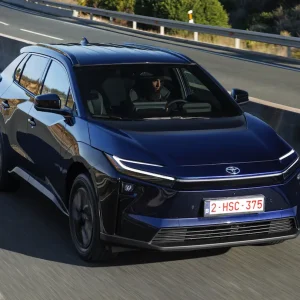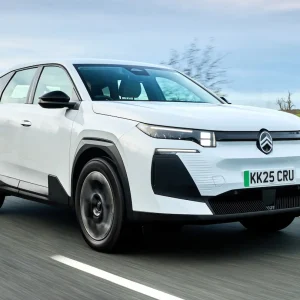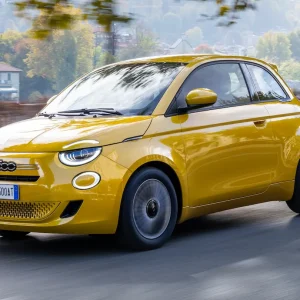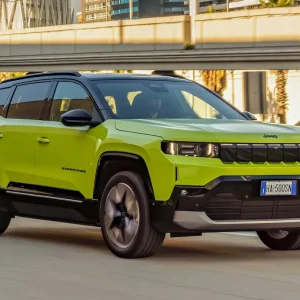When the facelifted Vauxhall Insignia made its debut earlier this year, we were particularly impressed with its highly-economical diesel engine offering. However, other options are available and no matter how much sense diesel still makes to us in a car of this type – surely destined mainly for long motorway runs – market trends against the fuel would seem to make it worth us also sampling a petrol alternative.
That said, it’s clear from the Insignia’s range line-up that Vauxhall is really expecting petrol to be of interest to keen drivers only, since the least powerful petrol option is the 200hp engine tested here, and the only one above offers 230hp with the GSi performance model. The 200hp engine instead comes with the SRi badge, itself previously a designation of high-performance Vauxhalls, but more recently having been used to signify more regular cars with only a slightly sportier flavour, as shown by it also being available on diesel Insignias.
The engine tested here offers a good amount of power and, while there’s a slightly coarse engine note when accelerating, it isn’t too loud. However, as you’d expect, it can’t hope to compete with the diesels on fuel economy, while official CO2 emissions of 167g/km place it in the top 37% BIK company car tax bracket. Therefore, the only hope of justifying this powertrain to a fleet driver would be if it came in a car that offered an outstandingly entertaining driving experience, which the Insignia doesn’t quite manage, despite the 200hp petrol engine also coming as standard with adaptive chassis control. It’s certainly not bad – it corners tidily enough, remains nicely composed at speed and there’s a decent flowing feeling to the handling – but it’s not brimming with thrills. That in turn might be OK if it meant supreme ride comfort, but instead it has a bit of a harsh edge around town, where the 20in wheels fitted with SRi Nav VX-Line spec likely count against it – though things do improve at motorway speeds. The urban driving experience also isn’t helped by the automatic gearbox, which is sometimes jerky when manoeuvring and slow to respond at junctions.
It probably seems like we’re having a real downer on the Insignia, but there are good points. Despite being a very large car these days – not far off 5m in length – it doesn’t feel unwieldy from behind the wheel, with easy steering and good visibility. That size also means enough rear legroom for passengers to properly stretch out and a big boot. It’s also worth reflecting on how the Insignia is now a genuinely attractive car with proper kerbside appeal, which, if you deleted the Vauxhall badges, might easily pass for the product of an established premium brand with 95% of passers-by – although interior trim quality is mixed.
Overall then, the Insignia as tested here feels like a car that’s being held back by its spec. For keen drivers who might tolerate a higher tax bill in return for a thrilling drive, it will feel like an unconvincing halfway house They’d be better off considering more full-blooded performance car alternatives. And for most of you reading Business Car, the diesel Insignias will remain a far more convincing choice.
Vauxhall insignia SRi VX-Line Nav 2.0 Petrol Auto
P11D: £34,570
Residual value: 29.4%
Depreciation: £24,415
Fuel: £9,629
Service, maintenance and repair: £2,683
Cost per mile: 61.21p
Fuel consumption: 37.7mpg
CO2 (BIK %): 167g/km (37%)
BIK 20/40% a month: £213/£426
Luggage capacity: 490 litres
Engine size/power: 1,998cc/200hp





